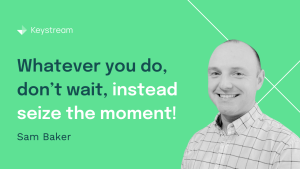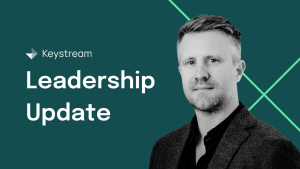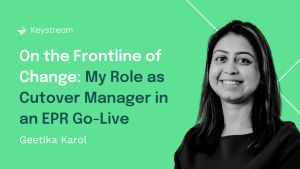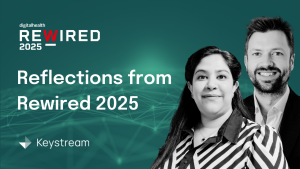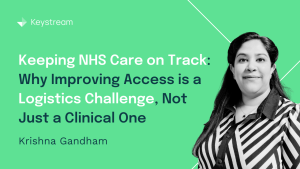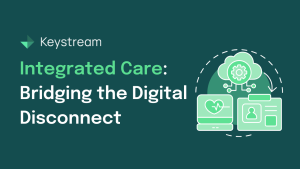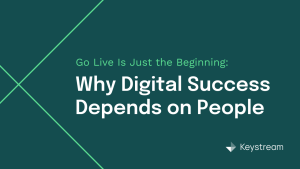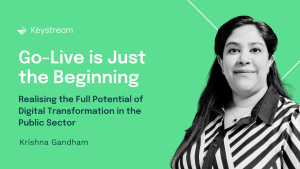22.06.2023
EPR Implementation Training – Plan from the beginning
Establishing a successful EPR implementation is not a task that happens overnight. The training workstream is an integral part of this process, and its involvement from the initial stages can be the key to unlocking a successful transition into Business as Usual, post go-live.
Engaging the training team early on allows for crucial risk assessment, understanding of current capacity and capability, and enables the team to design an effective, tailor-made training strategy. It facilitates pro-active management of potential challenges, rather than reactive problem-solving later in the programme.
Design and delivery of training collateral, including User Guides, Quick reference Guides, lesson plans, and eLearning modules is a significant part of this early engagement. It is not just about developing these resources, but also refining them in line with feedback and project progression making them as role specific and relevant as possible for staff.
Engagement should not be left to the Change Team alone. Early involvement of the Training Team also fosters critical engagement with other workstreams and wider Trust Management. This is crucial when it comes to making challenging decisions, such as the allocation of training spaces. The importance of engaging the facilities team promptly to ensure optimal use of available space to deliver training should not be underestimated. Often, organisations simply do not have enough locations to effectively deliver training to staff. This can lead to potentially difficult discussions and decisions around having to reduce staff/patient car parking space to facilitate mobile training units.
Additionally, planning for the recruitment into a robust super user programme requires time. By allowing departments to understand the impact on their teams whilst super users attend training events, we can ensure a smoother transition with minimal disruption to everyday tasks. It is equally important to understand the cost of a gold standard approach to super users. Can you afford to backfill while they are in training or attending awareness events over a 6 – 9 Month period? Can you afford to make them supernumerary at Go-live? It is important to have these discussions early to understand the approach to a critical part of the training and support on offer for staff during the implementation and cut over phase.
A robust approach to super users has many benefits, such as SME’s in key locations who can act as a guiding light for colleagues and who can also facilitate management of large numbers of external floor walking/at the elbow support teams who at times can be lacking in knowledge and understanding of local workflow and process. It also ensures a legacy of support as you retain the expertise rather than see the knowledge walk out of the organisation once external SME’s have left the programme.
The earlier the training workstream is on board, the more seamless, effective, and successful the EPR implementation process will be. Do not delay your success.
